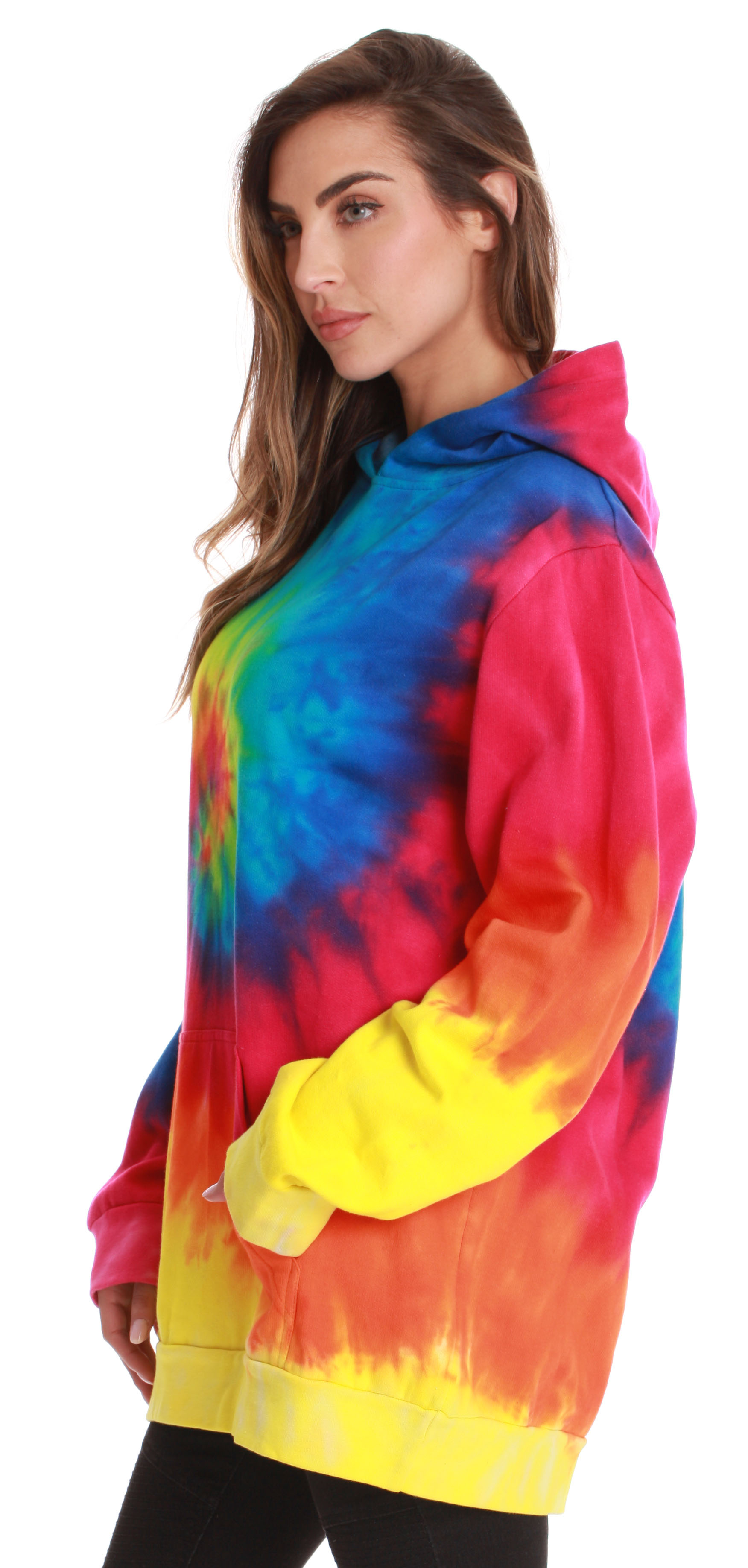What you should expect When Buying some sort of Sweatshirt

Sweatshirts are long-sleeved tops that are composed of thick cotton. They are typically worn as casual clothing, and are not as dressy as sweater s or cardigans. They may not have the Hood. If you're thinking of purchasing a sweatshirt, here are a few tips:
Norma Kamali spread the appeal of sweatshirts
Since the late 1970s and into the late '70s, Norma Kamali has been turning the humble sweatshirt into an art. Her designs have become a staple in almost every woman's wardrobe. sweat shirts include tummy-tucking t-shirts to a crew neckline to thick leather sweatshirts. She also has created clothes in unusual forms, such as a tank top with long trumpet skirt.
A partnership of the designers and sweatshirt manufacturer Everlast gave rise to her Timeless line, which became hugely popular when it debuted in the spring catalog of Spiegel. The collection featured interchangeable and convertible knits in classic shapes and many of the pieces were priced at less than $20. Even even if The Norma Kamali Timeless collection wasn't sold in stores, customers could still find the items on eBay and Poshmark.
Merino wool sweatshirts tend to be more comfortable than soft sweatshirts.
Merino wool is known for its moisture-wicking properties that help keep you comfortable and dry. It is a natural fibre that also offers a more comfortable feel. It also drys quickly compared to other natural substances. In addition, it is a sustainable resource. The merino sheep shed their coats each year and grow new coats.
The weight-to-heat ratio of merino wool makes it an ideal material for sweatshirts. It helps to regulate the temperature of your body due to its loft that naturally traps heat between the fibers. This is the reason Merino wool sweatshirts are ideal for outdoor and summer activities such as mountain biking, hiking, and running. The warmth they provide ensures that the wearer stays well-hydrated and cool, something that is essential for working out.
Zip-front hoodies have kangaroo pocket
Kangaroo pocket Hoodies are a well-loved style of hoodie. They have a huge pocket in the front, which keeps your hands warm during cold days. They're also more practical than traditional pockets as they allow your hands to slide into and out with ease.
The pockets of Kangaroos are usually big enough to hold an entire wallet or small personal items. They are commonly big enough to hold one hand in a smaller size, and can even be wide enough to fit two hands. They feature wide openings on either side and are ideal for carrying small objects.
French terry fabric is a well-loved fabric for sweatshirts.
The French Terry fabric is constructed of soft yarns that are knitted into loops and are usually mid-weight. It is also known as a fabric that wicks moisture and is pre-shrunk. French Terry is an excellent option for sweatshirts as it keeps you warm when you need it and also keeps you cool when you need to cool down.
French terry is also popular for loungewear, since it has enough stretch and flexibility to feel comfortable against your skin. It also allows enough air to circulate throughout the fabric, making it perfect for layering under other clothes. Furthermore, because it's lighter than other sweatshirt s, you can wear it all through the year without feeling hot or cold.
Hoodies have classist connotations

Although it could appear that hoodies are just an appropriate clothing item for working class people but the truth is that they carry classist connotations. The hooded garment was first used in the early 1970s , in New York, where graffiti artists wore them to conceal their identities. In 1976, hoodies made their major appearance in the film "Rocky," when the working-class main character was seen wearing grey sweats that were hooded during his memorable climb up the Philadelphia Museum of Art.
Hoodies are usually associated with death, destruction and other unpleasant things, but they serve a practical purpose. For instance, priests and monks can wear hoods to demonstrate respect and a sense of self-control.
